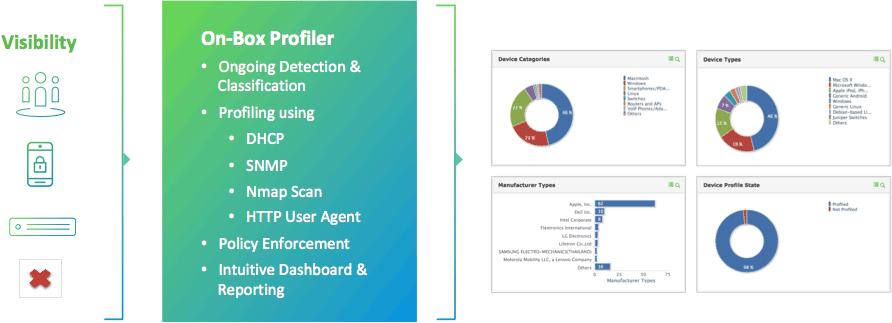
- PULSE SECURE CLIENT HOW TO
- PULSE SECURE CLIENT PC
- PULSE SECURE CLIENT WINDOWS
PULSE SECURE CLIENT HOW TO
Microsoft Exchange Server Exchange 2003, 2007, 2010 how to and demos. Mobile: Android, Samsung, LG Blackberry, BES, and BIS news and how tos. Office: Word, Excel, Outlook… Office Apps like Word, Excel, Visio, Outlook, Project, Powerpoint, 2003, 20. Microsoft 365, Azure & Hosting Help with Office 365 Issues. PULSE SECURE CLIENT WINDOWS
Windows Server windows 2003, 2008, R2 how tos. Windows 11 10 8 7 & XP Windows 2000, XP, Vista, 7 and more How Tos. This step is required if there are any related files in /Library/LaunchDaemons or /Library/Launch Agents folder. /Library/Application Support/ Find the Pulse Secure folder and delete it. /Library/Application Support/ Find the Juniper Networks folder and delete it. The same location from the root i.e Macintosh HD. ~/Library/Application Support/ Find the Pulse Secure folder and delete it. ~/Library/Application Support/ Find the Juniper Networks folder and delete it. Drag the Juniper & Pulse Secure Folders to the Trash Open Finder and navigate to each of the following locations. Note: that last command may fail if the file is not found. Open Registry Editor.įollow the file paths listed below to delete the following folders: Click on the Windows Start menu icon in the bottom left-hand corner of your screen to open the Start Menu. Right-click on the list item and choose Uninstall device. Expand Network adapters and look for a Juniper virtual adapter. Next click on Hardware and Sound, then choose Device Manager. Alternatively, you may click on the Windows Start menu icon in the bottom left-hand corner of your screen to open the Start Menu. Right-click on the Windows Start menu icon in the bottom left-hand corner of your screen to open the context menu. 
If there is one present, we will remove it manually.
Next, check if a Juniper Networks or Pulse Secure adapter is present in the machine. C:\Users\Public and remove Juniper Networks/Pulse Secure folder. C:\Users\CurrentUser\AppData\Local\Temp and remove all the temp files. C:\Users\CurrentUser\AppData\Local and remove Juniper Networks and/or Pulse Secure folder(s). C:\Users\CurrentUser\AppData\Roaming and remove Juniper Networks and/or Pulse Secure folder(s). C:\Program Files\Common Files and remove Juniper Networks and/or Pulse Secure folder(s). C:\ProgramData and delete Pule Secure folder. If you do not see a folder, simply continue to the next step. 
In the Show/hide section, check the box for Hidden items.

In the top ribbon of your File Explorer Window, click on View. Next, you will need to be able to view Hidden Items.If you do not see these folders, check in the Program Files folder.Navigate to Program Files (x86) and remove the Juniper Networks and/or Pulse Secure folders.
PULSE SECURE CLIENT PC
Choose This PC from the list in the left section of the window. Open File Explorer by clicking on the folder icon in your task bar at the bottom of your screen. Remove all the Juniper and Pulse Secure items from the list by first clicking on the list item then by clicking Uninstall above the list. Note: This link is within the Program section. If you are prompted to restart your computer, you may dismiss this popup if you are uninstalling multiple programs.Īdvanced Removal Uninstall the related programs. Click on Pulse Secure then click Uninstall.







 0 kommentar(er)
0 kommentar(er)
